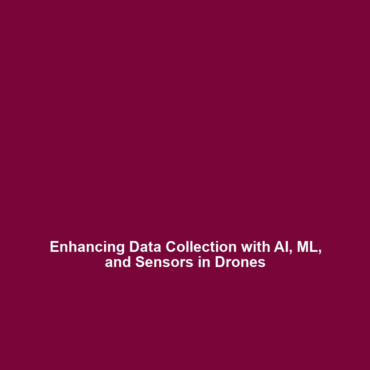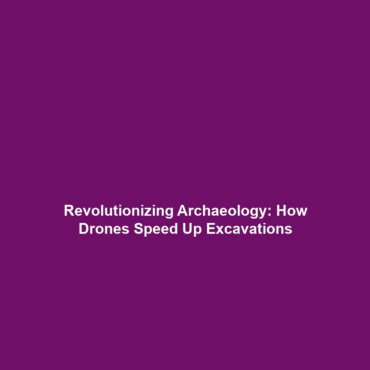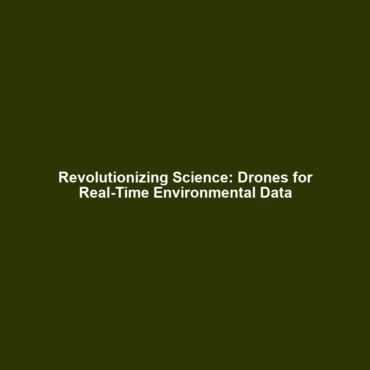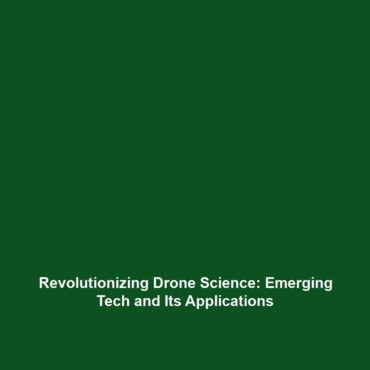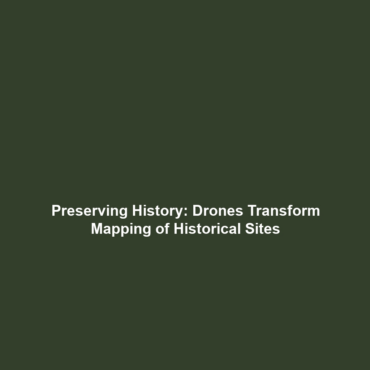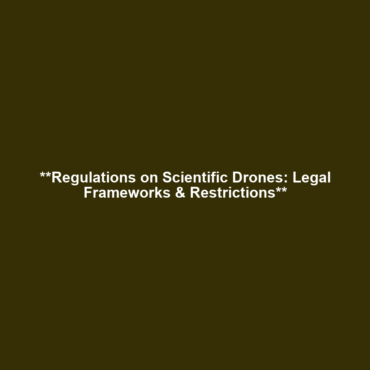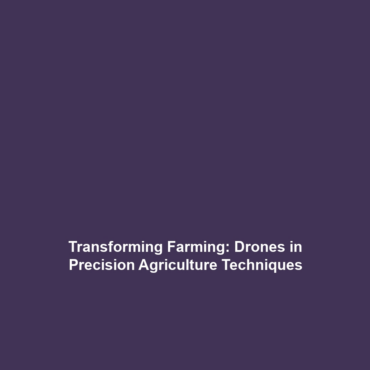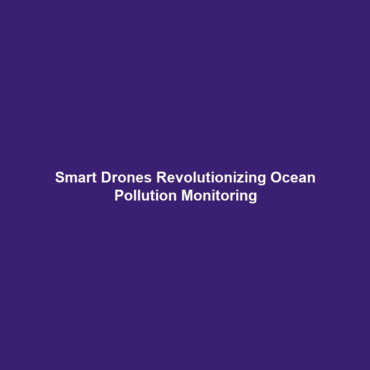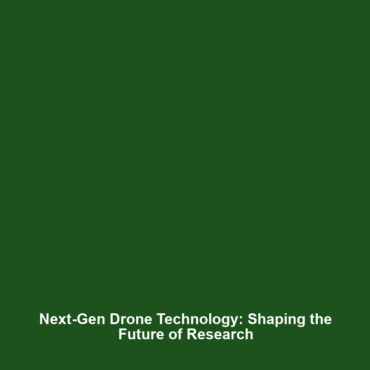The Integration of AI, Machine Learning, and Sensors to Improve Data Collection in Drones
The integration of artificial intelligence (AI), machine learning, and sensors is revolutionizing the field of data collection, particularly in the usage of drones in science. These advanced technologies enhance the ability to gather, analyze, and utilize data effectively, which is crucial for research across various scientific disciplines. As drones become increasingly viable tools for data collection, understanding the synergy between these technologies is of paramount importance for researchers, scientists, and environmentalists alike.
Key Concepts: Understanding the Integration
To grasp how the integration of AI, machine learning, and sensors improves data collection through drones in science, we must consider several key concepts:
- Artificial Intelligence: AI enables drones to perform complex tasks by simulating human intelligence. It allows for autonomous operation and real-time decision-making during data collection.
- Machine Learning: Machine learning algorithms analyze vast datasets, identify patterns, and improve the drone’s ability to optimize data collection techniques over time.
- Sensors: Equipped with high-resolution cameras, LiDAR, and other sensors, drones can capture a wide array of data types—from environmental changes to wildlife tracking.
Applications and Real-World Uses
The integration of AI, machine learning, and sensors has profound applications in drones in science, including:
Environmental Monitoring
Drones equipped with sensors collect data on air quality, temperature, and vegetation health. Using AI to process this data allows researchers to monitor environmental changes effectively.
Agricultural Insights
In agriculture, drones powered by machine learning algorithms analyze crop health, predict yields, and optimize planting strategies.
Wildlife Research
Researchers utilize drones with AI to track animal movements and habitats, providing vital information for conservation efforts.
Current Challenges
While the integration offers exciting opportunities, several challenges persist in applying AI, machine learning, and sensors in drones in science:
- Data Privacy: Ensuring that data collected, particularly in populated areas, complies with privacy regulations.
- Aerial Regulations: Stricter regulations on drone usage may hinder data collection efforts.
- Infrastructure Limitations: A lack of robust infrastructure can limit the functionality of drones in remote areas.
Future Research and Innovations
Looking ahead, there are promising innovations on the horizon:
- Advancements in Sensor Technology: Next-generation sensors will enhance data capture quality and capabilities.
- Enhanced AI Algorithms: Continuous improvement in machine learning techniques will allow for better predictive analytics.
- Integration with Other Technologies: Combining drones with IoT and blockchain could lead to a more comprehensive data collection framework.
Conclusion
The integration of AI, machine learning, and sensors signifies a monumental shift in data collection methodologies through drones in science. As technology continues to evolve, it is essential to address current challenges while pursuing innovative research. Engaging with these transformative technologies is crucial for fostering scientific discovery and enhancing environmental stewardship. To learn more about related topics, visit our sections on Environmental Science and Agricultural Innovations.
